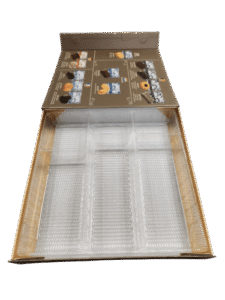Home » Polyvinyl Chloride (PVC) in Packaging
Polyvinyl Chloride (PVC) in Packaging
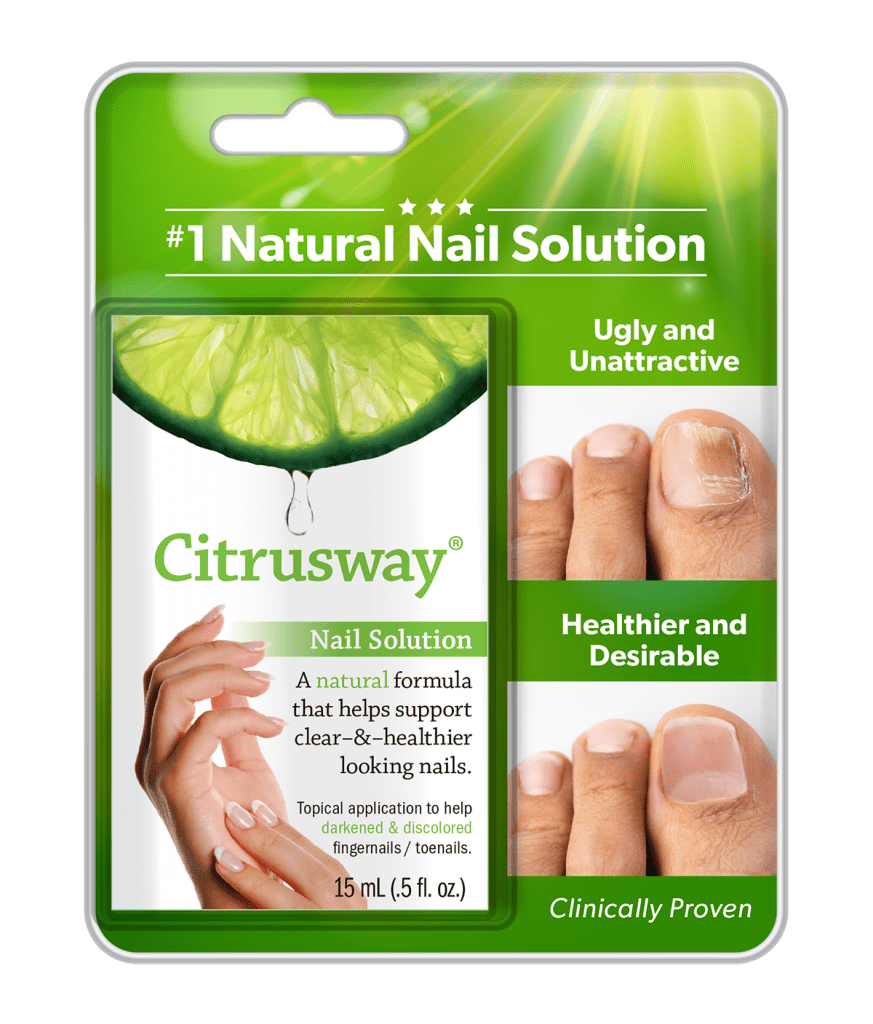
Polyvinyl chloride, commonly known as PVC, is a widely used plastic in the packaging industry, celebrated for its versatility and durability. PVC’s unique properties make it an ideal choice for various packaging applications, utilizing its capability to be molded into rigid or flexible forms. In this blog, we’ll delve into the integral role of PVC in thermoforming, a process that transforms this adaptable material into innovative packaging solutions.
What is PVC?
PVC is a synthetic plastic polymer, commercially available in two basic forms: rigid and flexible. The rigid form of PVC is often used in construction for pipes and in windows and doors, while the flexible form is enhanced with plasticizers like phthalates, making it suitable for a wide range of packaging applications. Its intrinsic properties, such as resistance to environmental degradation, chemical stability, and durability, make it a staple in the packaging sector.
The Thermoforming Process of PVC
Thermoforming is a manufacturing process where a plastic sheet is heated to a pliable forming temperature, formed to a specific shape in a mold, and trimmed to create a usable product. PVC is particularly well-suited for this process due to its thermal stability and excellent moldability. Here’s how PVC is used in thermoforming for packaging:
Vacuum Forming
- Overview: This is the simplest form of thermoforming. Here, a sheet of plastic is heated and then stretched onto a single-surface mold. A vacuum is applied sucking the plastic sheet into the mold to form the desired shape.
- Applications: Vacuum forming is often used for packaging products that do not require intricate details or extreme precision, such as blister packaging and clamshell packaging which are prevalent in retail to securely package electronics, toys, and many consumer goods.
Pressure Forming
- Overview: This method involves applying pressure on the heated plastic sheet against the mold, in addition to the vacuum. This process allows for greater detail and texture in the molding.
- Applications: Pressure forming is used for packaging solutions that require finer details and textures. This method is suitable for high-quality blister packs and trays that need a more aesthetically pleasing appearance or functional components like snap-fits.
Twin-Sheet Forming
- Overview: Twin-sheet forming involves heating two plastic sheets simultaneously and then molding them to fuse together, creating a hollow structure.
- Applications: This technique is perfect for creating more robust and durable packaging solutions, like double-walled trays and cases that offer enhanced protection for transportation and storage.
Benefits of Using PVC for Packaging Thermoforming
- Durability: PVC offers excellent resistance to impact, which is crucial for protecting products during shipping and handling.
- Chemical Resistance: It is resistant to oils, greases, and other chemicals, making it ideal for packaging a wide variety of substances.
- Moisture Resistance: PVC’s non-porous nature ensures that the packaged goods are protected against moisture, enhancing the product’s shelf life.
- Cost-Effectiveness: PVC is a cost-effective material choice for bulk manufacturing of packaging materials due to its low raw material cost and efficient processing capabilities.
Applications of PVC in Packaging
PVC’s adaptability makes it suitable for a broad range of packaging needs:
- Medical Packaging: For sterile medical tools and devices, where cleanliness and visibility are paramount.
- Food Packaging: For food items where rigidity and resistance to grease are needed.
- Retail Packaging: Durable and clear packaging options like blister packs and clamshells that protect and display the product attractively.
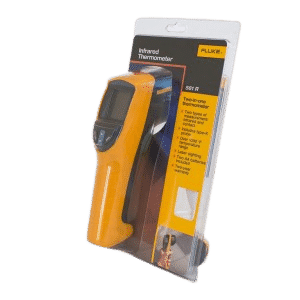
For further details on how PVC can be integrated into your packaging strategy, or to explore the customization options available for your products, visit our frequently asked questions about polyvinyl chloride or contact our team at Brown Packaging, Inc.
The Regular Slotted Container (RSC) is the most widely used corrugated box style in the world. Its simplicity, manufacturing efficiency, and versatility make it the
Sustainability in pet product packaging involves balancing environmental impact with functional performance. Materials must protect against moisture, oxygen, and pests while also meeting recyclability or
Retail packaging must do two jobs at once—catch the shopper’s eye while protecting the product through the supply chain. Too much focus on graphics can
As budgets tighten in 2026, packaging buyers are under pressure to reduce costs without increasing damage rates. Cutting too aggressively can lead to product loss,
Many U.S. businesses currently sourcing packaging from China are facing a harsh reality: tariffs and trade volatility can quickly erode margins and disrupt supply chains.
Rising tariffs and trade restrictions on Chinese manufacturing are accelerating the need for U.S. companies to reevaluate their packaging supply chains. Many packaging buyers who
Home » Polyvinyl Chloride (PVC) in Packaging
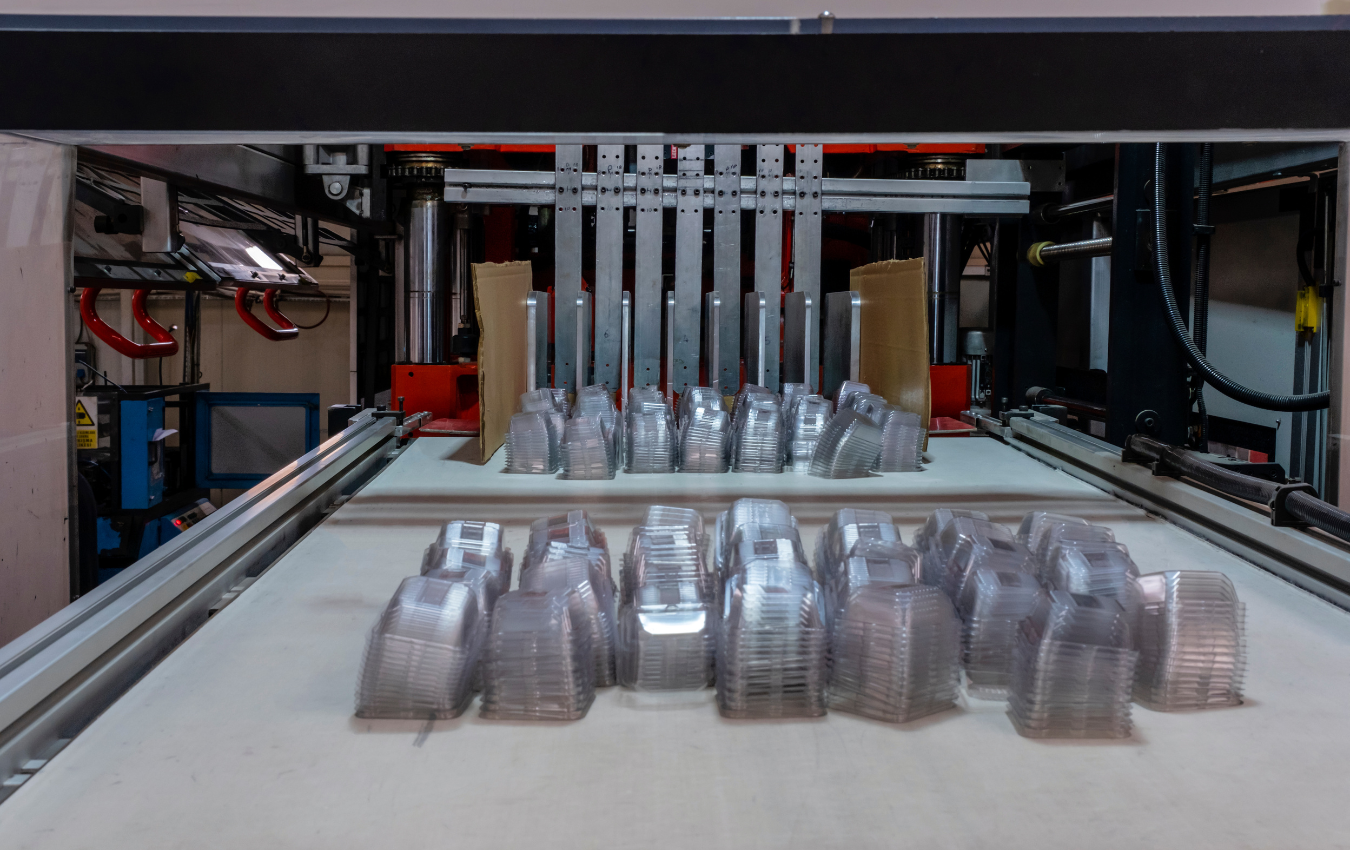
Thermoform packaging is the backbone of numerous sectors including food, pharmaceutical, electronics, cosmetics, and consumer goods, to name a few. Its high adaptability and customizability
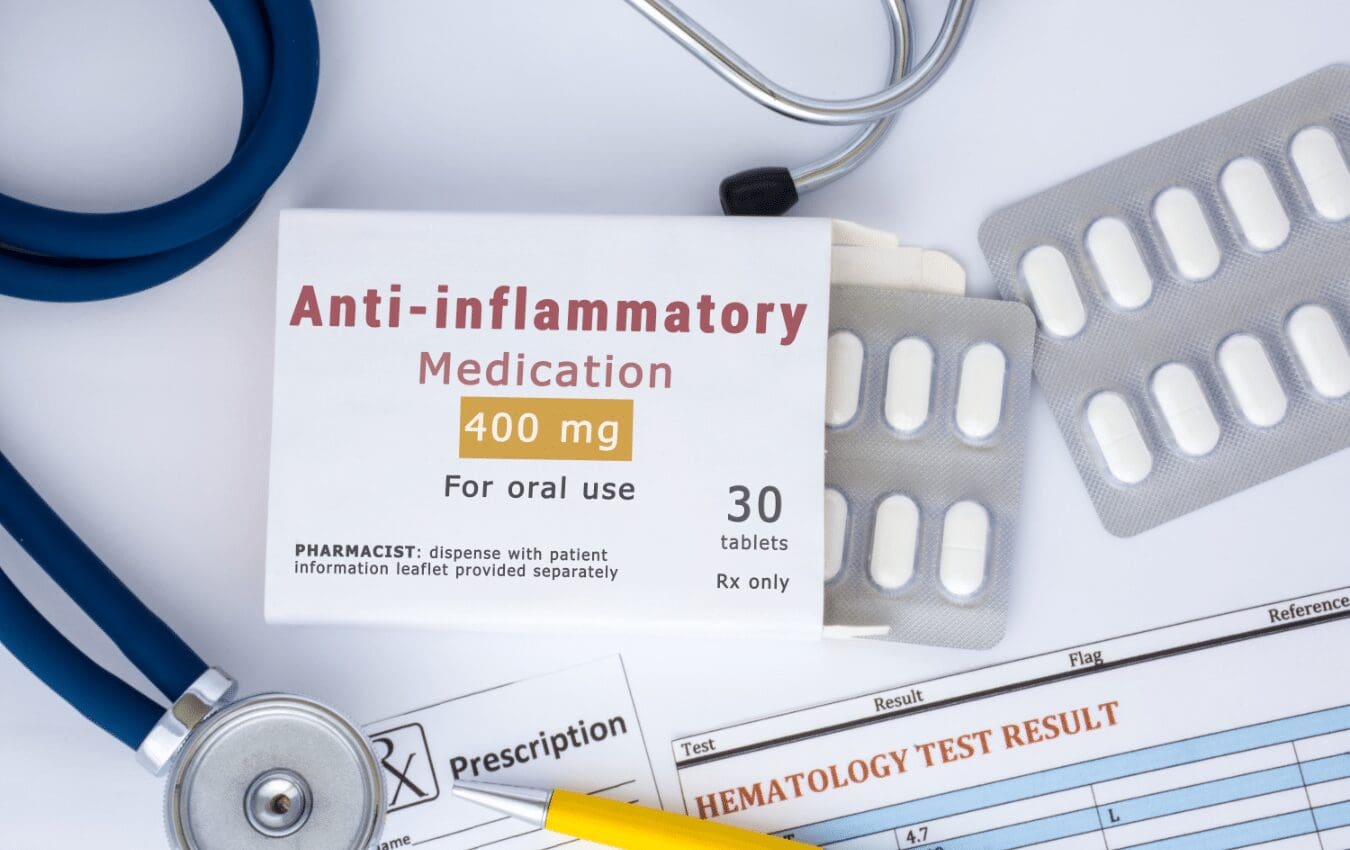
In our daily lives, we come across a plethora of pharmaceutical products, either in our personal capacity or via someone close to us. In this
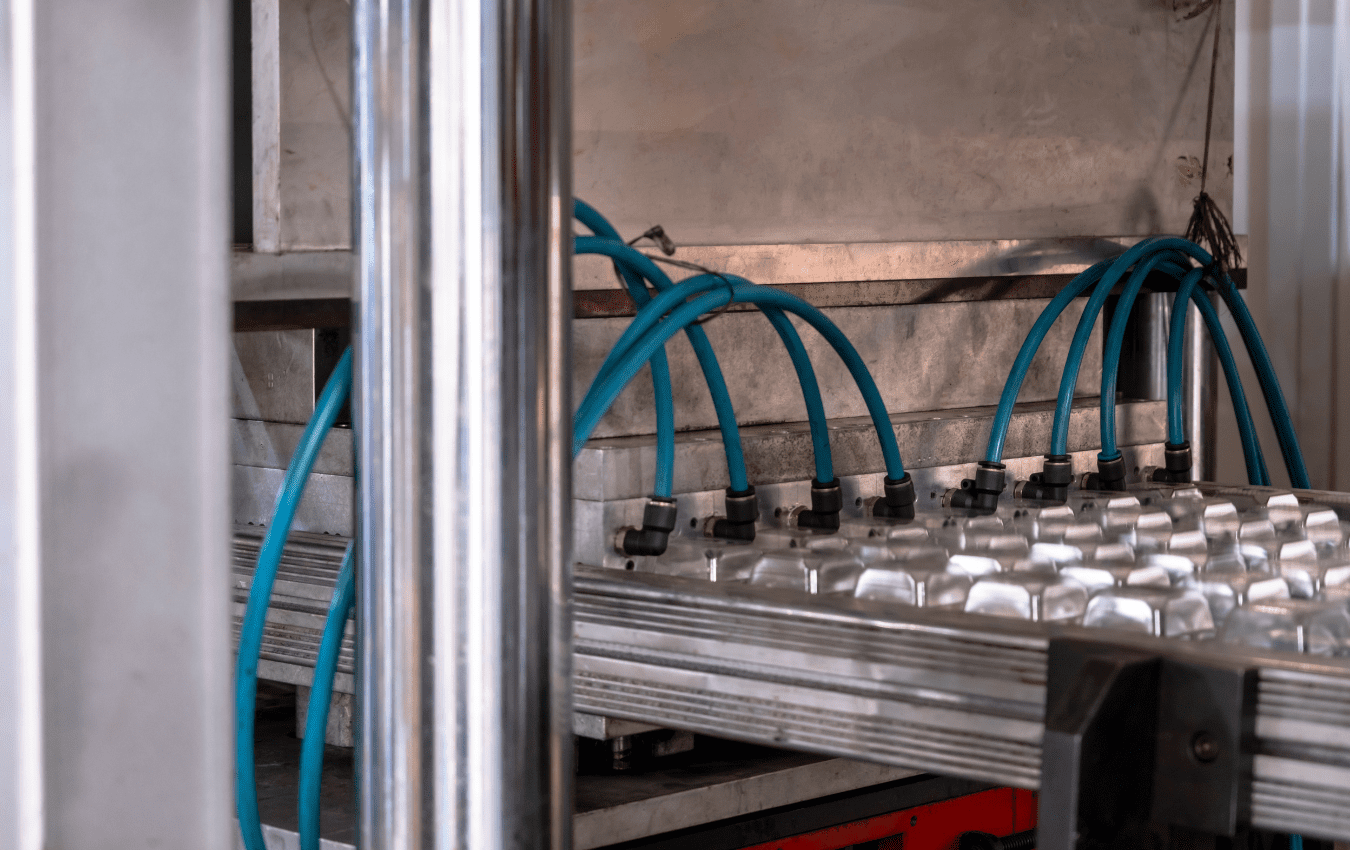
The packaging industry has been subjected to vast shifts in focus over the past few years. With the growing awareness of sustainability issues and the


